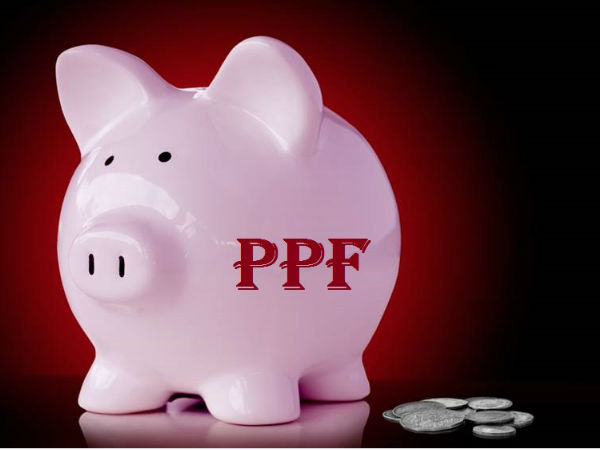Easing of valuation rule for perpetual bonds to help in avoiding panic redemption, feel experts
[ad_1]
Read More/Less
Easing of valuation rule for perpetual bonds by Sebi will provide a breather to the mutual fund industry, which has an exposure of over ₹35,000 crore to such instruments, as they get time to redeem their positions, industry experts said on Tuesday.
They further said there will be no panic redemption in these bonds with this temporary relief.
However, experts differ on views whether the move will help banks, which raise capital through such bond issuances.
In a late evening circular on Monday, the Sebi eased valuation rule pertaining to perpetual bonds.
The move came after the finance ministry had asked Sebi to withdraw its directive to mutual fund houses to treat additional tier-1 (AT-1) bonds as having maturity of 100 years as it could disrupt the market and impact capital raising by banks.
AT-1 bonds
AT-1 bonds are considered perpetual in nature, similar to equity shares as per the Basel-III guidelines. They form part of the tier-I capital of banks.
Under the new rule, the deemed residual maturity of Basel-III additional tier-1 (AT-1) bonds will be 10 years until March 31, 2022, and would be increased to 20 and 30 years over the subsequent six-month period.
From April 2023 onwards, the residual maturity of AT-1 bonds will become 100 years from the date of issuance of the bonds.
Green Portfolio co-founder Divam Sharma said the new framework will provide some relief to mutual funds as they get time to redeem their positions, which are generally not liquid. There will be no panic redemption in these bonds with this temporary relief.
No relief to banks
For banks, this latest circular does not provide much relief as they are likely to find it difficult to get investors for their AT-1 bonds, he added.
“There is no change/deferment in the imposition of the 10 per cent capping of ownership of bonds in a particular mutual fund, which might have an immediate impact on the bond yields,” he added.
Gopal Kavalireddi, head of research at FYERS, said the move would provide a breather to the mutual fund AMCs, which already have a total exposure of ₹35,000 crore, and also provide relief to banks which raise capital through such bond issuances.
Omkeshwar Singh, head (RankMF) at Samco Group, the deem maturity has been changed in phased manner for valuation of perpetual bonds exiting by Sebi.
Effective from April 1, 2023, onwards, the deemed maturity to be considered 100 years and in between, it will be 10, 20 and 30 years in three phases till March 31, 2022, September 30, 2022, and March 31, 2023, respectively.
“These two years in between will provide sufficient time for funds to align there investments into AT-1 bonds (perpetual) , and the sudden shock in net asset value (NAV) can be avoided in the schemes that have exposure to these bonds,” Singh noted.
Harshad Chetanwala, co-founder of MyWealthGrowth.com, said the recent amendments in valuation rule of perpetual bonds will still have an impact on the overall duration of the debt fund portfolios and will increase their sensitivity to interest rate changes.
“Longer the duration, higher will be the sensitivity to interest rate changes. The revaluation could impact the portfolio’s value and reduce the NAVs of the mutual fund scheme holding these instruments in their portfolio,” he added.
As per Sebi, deemed residual maturity of Basel-III Tier-2 bonds would be considered 10 years or contractual maturity, whichever is earlier, until March 2022. After that, it will be in accordance with the contractual maturity.
Further, if the issuer does not exercise call option for any bond then the valuation will be done considering maturity of 100 years from the date of issuance for AT-1 bonds and contractual maturity for Tier-2 bonds, for all bonds of the issuer, Sebi said.
In addition, if the non-exercise of call option is due to the financial stress of the issuer or if there is any adverse news, the same need to be reflected in the valuation, it added.
[ad_2]










